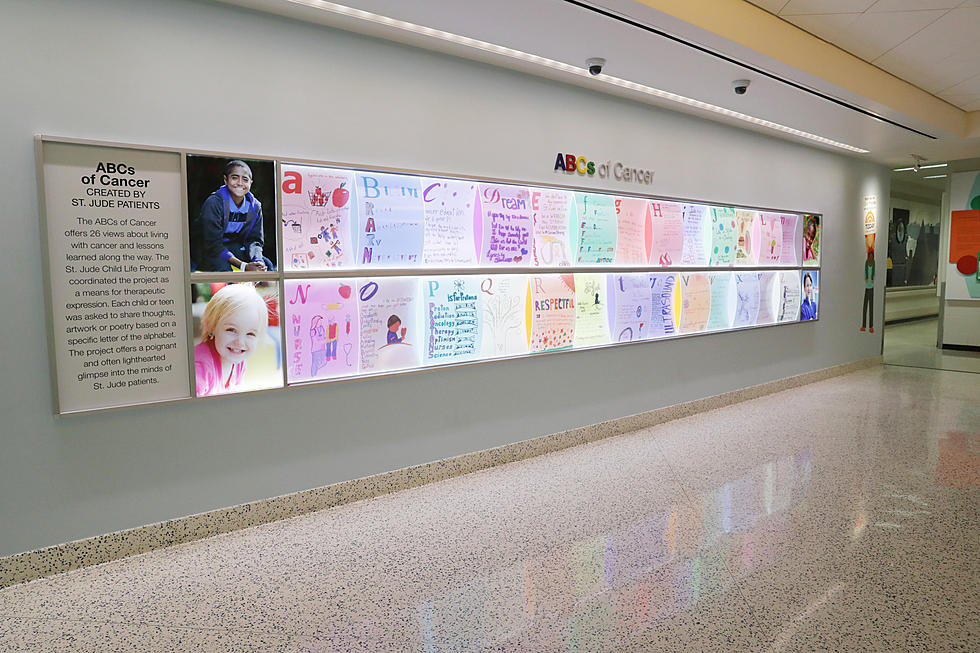
No Shave November: Glioblastoma
During the month of November, the Hawk Morning Show is going unshaven to bring to light some of the rarer forms of cancer that you might not have heard of before.
According to the official No-Shave Facebook page and website “No-Shave November is a unique way to raise cancer awareness. The goal is to grow awareness by embracing our hair – which many cancer patients lose – and letting it grow wild.
Each Friday during the month of No-Shave November, Glenn and I will post pictures of our unshaven selves and share with you information on various forms of cancer and the struggles those with each form of cancer face.
This week we're introducing you to a cancer called Giloblastoma.
Glioblastoma is a fast-growing, central nervous system tumor that forms from supportive tissue of the brain and spinal cord. Glioblastoma usually occurs in adults and affects the brain more often than the spinal cord.
There are two types of glioblastomas:
- Primary, or de novo: These tumors tend to form and show up very fast. This is the most common form of glioblastoma and it's very aggressive.
- Secondary: These tumors have a longer, somewhat slower growth history, but are still very aggressive. They tend to be found in people 45 and younger, and represent about 10% of glioblastomas.
Cause:
Like many tumors, nobody knows the exact cause of glioblastoma.
Treatment:
Glioblastoma can be difficult to treat because the tumors contain so many different types of cells. Some cells may respond well to certain therapies, while others don't. This is why several treatments for glioblastoma might be necessary.
The first step in treating glioblastoma is to relieve pressure on the brain, and safely remove as much tumor as possible through surgery. Because gliblastomas have finger-like tentacles, they are very difficult to completely remove. This is especially true when they are growing near the parts of the brain that control important functions such as language and coordination.
Radiation and chemotherapy can be used to slow the growth of tumors that can't be removed with surgery. Chemotherapy may also be used to delay the need for radiation in young children.
Prognosis:
Prognosis is usually reported in years of "median survival." Median survival is the time at which an equal number of patients do better and an equal number of patients do worse. With standard treatment, median survival for adults with an anaplastic astrocytoma is about two to three years. For adults with more aggressive glioblastoma, treated with concurrent temozolamide and radiation therapy, median survival is about 14.6 months and two-year survival is 30%. However, a 2009 study reported that almost 10% of patients with glioblastoma may live five years or longer.
Children with high-grade tumors tend to do better than adults; five-year survival for children is about 25%.
Also, people who have had their MGMT gene shut off by a process called methylation also have longer survival rates. But, not all glioblastomas have the same biologic abnormalities. This may be the reason different patients respond differently to the same treatment and why different patients with the same tumor have different outcomes.
Researchers are continuing to study the common characteristics of long-term brain tumor survivors, and how personalized and targeted treatments may be optimally used to treat brain tumor patients.
More From 98.1 The Hawk




![St. Jude ABCs of Cancer: M Is for Miracle, Praying for a Miracle [GALLERY]](http://townsquare.media/site/498/files/2021/02/abcs.jpg?w=980&q=75)




